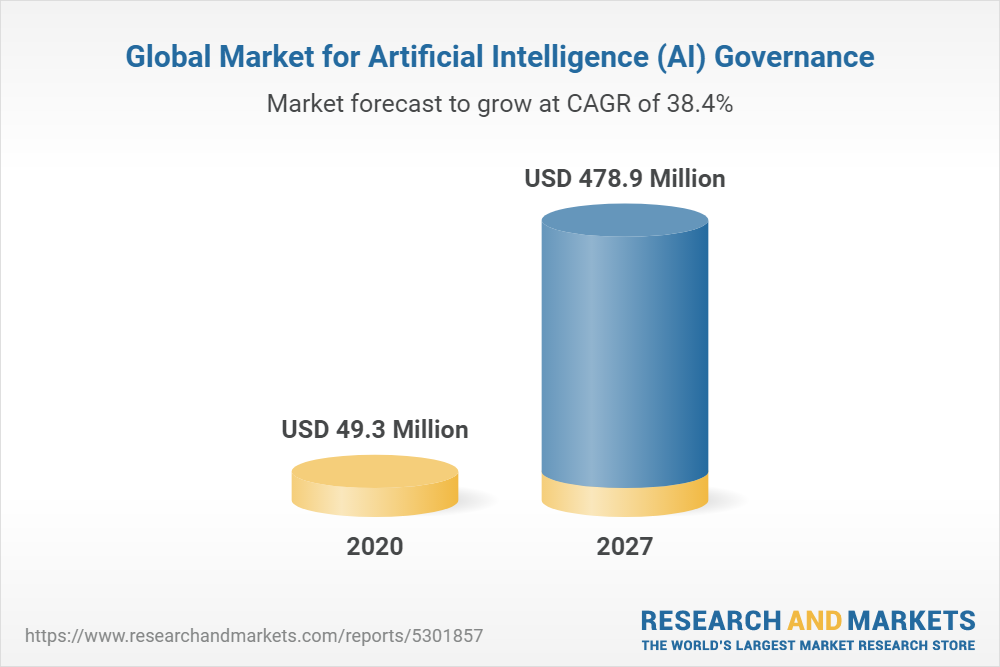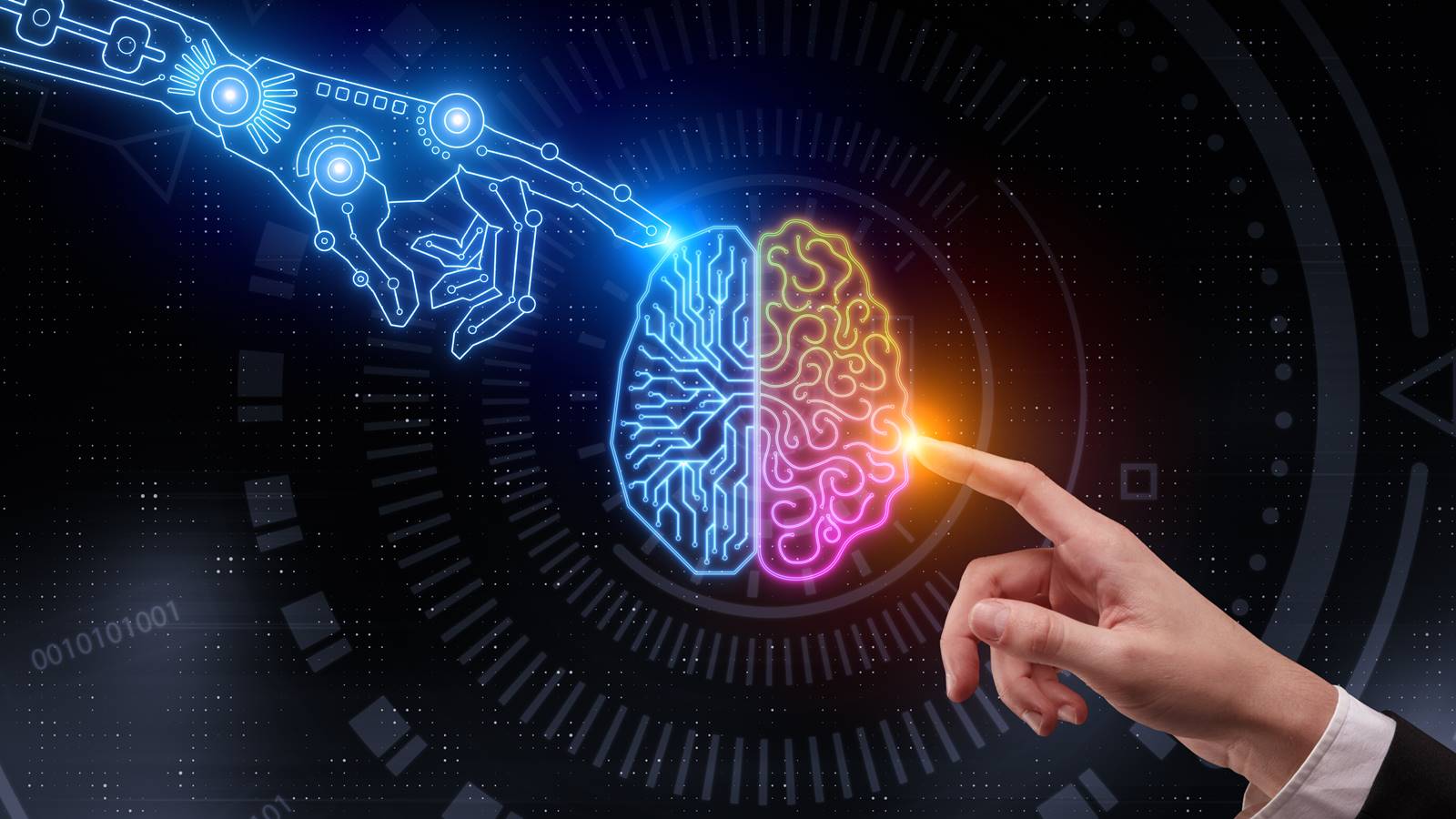
It's useful to understand the terminology of artificial intelligence in order to fully grasp how artificial intelligence systems work. Artificial intelligence can be used for data analysis and information creation. Data mining is a type of technology that aims to uncover patterns, trends, and relationships in heterogeneous sets of data. Data mining can be considered a subfield within artificial intelligence. However, data mining cannot replace human intelligence.
Extracting the entity
Machine learning involves entity extraction. This process is critical for a machine to understand language, since the volume of new data is increasing exponentially. It's a method to capture domain-specific behaviors. This process uses part-of-speech tags, NLP features, general domain phrases, and other knowledge sources to identify entities. This method is commonly used to create models in IT operations, such as IT support.
Entity extraction tools are able to automatically tag and route tickets to the right agents by identifying entities in a text. They can extract information from ticket text, such as company names, emails, URLs, and other relevant information. They can also be used for sentiment analysis, which can reveal a customer's feelings towards a competitor or another brand. This process can also be used for recommendation systems. Amazon and Netlfix make use of entity extraction methods to improve the efficiency of their routine tasks. This technology can help you save hours of manual work.

Recognition of patterns
One of the most common uses of artificial intelligence is in the field of pattern recognition. This technology allows businesses identify potential landmines early on. It allows dynamic management of employees and helps detect trends. This process has the goal to improve company competitiveness through the process of innovating. Pattern recognition allows business owners to track multiple factors simultaneously and maximize employee productivity and output. Let's take a look at some terms used in pattern recognition.
This first step is to collect data from the real-world. This data can be derived from sensors that collect information about the environment. This data is then processed by a computer algorithm that isolates and eliminates the background noise. It then categorizes objects that it detects and makes decisions regarding what to do. These techniques allow AI systems to quickly and accurately identify objects or people that they otherwise might miss. This technology is essential for many industries.
Natural language generation
One of the greatest benefits of artificial intelligence is the power of natural language generation. NLG software can analyze large quantities of data and translate it into human-like language. This helps employees spend more time on tasks that add value to their work. It is important to remember that repetitive tasks do not foster creativity and can lead frustration. The technology can help companies improve their productivity and efficiency, as it frees up time for employees. Let's examine how NLG can help businesses.
The technology behind natural language generation is based on machine learning and AI programming. NLG systems can process large quantities of text using machine learning algorithms, deep neural network methods, and generate personal narratives. NLG systems can also interact with complex data sources like API calls and JSON streams and generate insights much faster than human analysts. As it improves customer relations, this technology will be an asset to companies.

Deep learning
Machine learning is the study of computer programs capable of learning without being explicitly programmed. While deep learning offers a better alternative to traditional machine learning, it is more difficult and takes longer training times. Deep learning is best suited for tasks such as machine perception with unstructured data. But what exactly is deep learning and is it better than superficial learning? Here's a simple example. Let's suppose that your Tesla wants to know how to recognize the STOP sign. For toddlers, it might help to tell them that they are looking at a dog. He might point to the object and respond with 'dog'. If he gets "yes", he'll be able learn to say "dog", and learn other words. In this way, he will develop a hierarchy that relates to dogs.
Deep learning is used in chatbots, among other applications. It is also used in robotics, self-driving cars and other applications. It can even recognize facial features using image recognition. It can be used in military and aerospace to recognize objects in the skies. It can be used to help troops find safe areas. If you're looking for a job in this field, it's best to get to know some of the basic terms of AI.
FAQ
How do AI and artificial intelligence affect your job?
AI will eliminate certain jobs. This includes drivers, taxi drivers as well as cashiers and workers in fast food restaurants.
AI will bring new jobs. This includes data scientists, project managers, data analysts, product designers, marketing specialists, and business analysts.
AI will simplify current jobs. This includes accountants, lawyers as well doctors, nurses, teachers, and engineers.
AI will make it easier to do the same job. This includes jobs like salespeople, customer support representatives, and call center, agents.
Is AI possible with any other technology?
Yes, but still not. There have been many technologies developed to solve specific problems. But none of them are as fast or accurate as AI.
Which industries use AI the most?
The automotive industry is one of the earliest adopters AI. BMW AG uses AI as a diagnostic tool for car problems; Ford Motor Company uses AI when developing self-driving cars; General Motors uses AI with its autonomous vehicle fleet.
Other AI industries are banking, insurance and healthcare.
AI is good or bad?
AI can be viewed both positively and negatively. Positively, AI makes things easier than ever. No longer do we need to spend hours programming programs to perform tasks such word processing and spreadsheets. Instead, we ask our computers for these functions.
The negative aspect of AI is that it could replace human beings. Many believe that robots will eventually become smarter than their creators. This means they could take over jobs.
Who is the inventor of AI?
Alan Turing
Turing was first born in 1912. His father, a clergyman, was his mother, a nurse. After being rejected by Cambridge University, he was a brilliant student of mathematics. However, he became depressed. He discovered chess and won several tournaments. He was a British code-breaking specialist, Bletchley Park. There he cracked German codes.
He died in 1954.
John McCarthy
McCarthy was conceived in 1928. Before joining MIT, he studied maths at Princeton University. There, he created the LISP programming languages. He was credited with creating the foundations for modern AI in 1957.
He died in 2011.
What can AI do for you?
AI serves two primary purposes.
* Prediction - AI systems are capable of predicting future events. AI can be used to help self-driving cars identify red traffic lights and slow down when they reach them.
* Decision making - AI systems can make decisions for us. For example, your phone can recognize faces and suggest friends call.
Are there potential dangers associated with AI technology?
Of course. There always will be. AI is seen as a threat to society. Others argue that AI has many benefits and is essential to improving quality of human life.
AI's potential misuse is one of the main concerns. Artificial intelligence can become too powerful and lead to dangerous results. This includes autonomous weapons, robot overlords, and other AI-powered devices.
AI could also replace jobs. Many fear that AI will replace humans. Some people believe artificial intelligence could allow workers to be more focused on their jobs.
Some economists even predict that automation will lead to higher productivity and lower unemployment.
Statistics
- More than 70 percent of users claim they book trips on their phones, review travel tips, and research local landmarks and restaurants. (builtin.com)
- In the first half of 2017, the company discovered and banned 300,000 terrorist-linked accounts, 95 percent of which were found by non-human, artificially intelligent machines. (builtin.com)
- By using BrainBox AI, commercial buildings can reduce total energy costs by 25% and improves occupant comfort by 60%. (analyticsinsight.net)
- That's as many of us that have been in that AI space would say, it's about 70 or 80 percent of the work. (finra.org)
- The company's AI team trained an image recognition model to 85 percent accuracy using billions of public Instagram photos tagged with hashtags. (builtin.com)
External Links
How To
How to Set Up Amazon Echo Dot
Amazon Echo Dot, a small device, connects to your Wi Fi network. It allows you to use voice commands for smart home devices such as lights, fans, thermostats, and more. You can say "Alexa" to start listening to music, news, weather, sports scores, and more. You can make calls, ask questions, send emails, add calendar events and play games. Bluetooth headphones or Bluetooth speakers can be used in conjunction with the device. This allows you to enjoy music from anywhere in the house.
Your Alexa-enabled devices can be connected to your TV with a HDMI cable or wireless connector. You can use the Echo Dot with multiple TVs by purchasing one wireless adapter. You can also pair multiple Echos at once, so they work together even if they aren't physically near each other.
To set up your Echo Dot, follow these steps:
-
Your Echo Dot should be turned off
-
The Echo Dot's Ethernet port allows you to connect it to your Wi Fi router. Turn off the power switch.
-
Open the Alexa App on your smartphone or tablet.
-
Select Echo Dot in the list.
-
Select Add a New Device.
-
Choose Echo Dot, from the dropdown menu.
-
Follow the instructions on the screen.
-
When prompted, type the name you wish to give your Echo Dot.
-
Tap Allow Access.
-
Wait until Echo Dot has connected successfully to your Wi Fi.
-
Do this again for all Echo Dots.
-
Enjoy hands-free convenience!